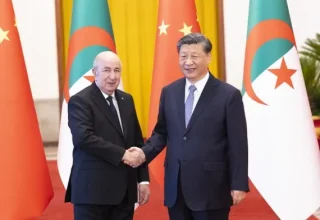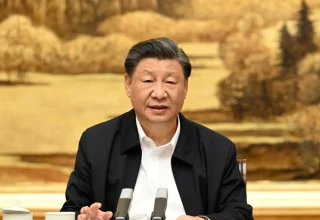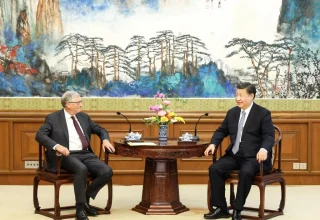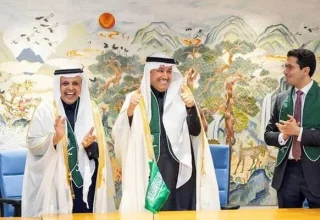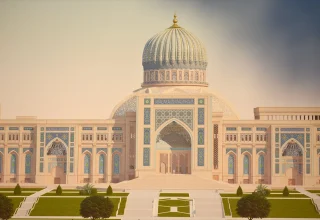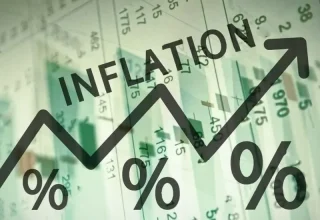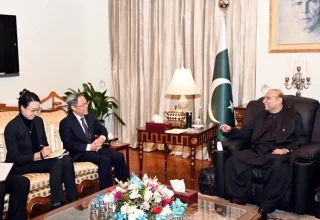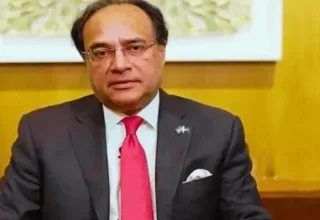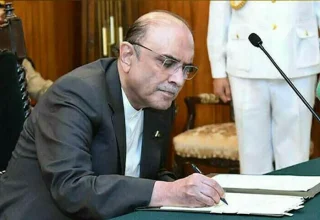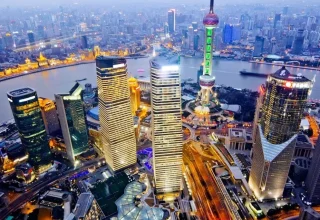
Over the last four decades, China has written one of the most remarkable success stories of the modern world. From a nation once struggling with poverty and isolation, it has emerged as a symbol of determination, innovation, and balanced growth. To say that “China speaks the language of progress” is to acknowledge a transformation built on vision, planning, and the collective effort of more than a billion people.
China’s progress begins with its people. Few countries have fought poverty so effectively. In the span of forty years, nearly 800 million citizens have been lifted out of extreme poverty — the largest social uplift in recorded history. Entire rural communities have been connected to roads, schools, and hospitals, transforming once-remote villages into vibrant centers of local enterprise. China’s story is proof that development works best when it is inclusive.
Economically, China continues to show both strength and resilience. Even in times of global slowdown, the country maintains one of the highest growth rates among major economies, averaging around 4.8 percent in 2025. This stability comes from long-term national planning that combines market energy with public welfare. Instead of chasing short-term gains, China builds strategies that secure jobs, stabilize prices, and sustain development for generations.
At the heart of this journey stands President Xi Jinping, who has given new direction and confidence to the nation. Since assuming leadership in 2013, he has championed the Chinese Dream — the vision of rejuvenating the Chinese nation through modernization and unity. His principle of common prosperity ensures that growth benefits everyone, not only the privileged.
Under President Xi’s guidance, initiatives like Made in China 2025 have pushed the country toward advanced manufacturing and green innovation. The Belt and Road Initiative has expanded cooperation with over 150 countries, building railways, ports, and energy networks that enhance global connectivity. His anti-corruption campaign, among the most comprehensive in history, has strengthened public trust and improved governance.
Another striking aspect of China’s rise is its commitment to clean and sustainable energy. By 2025, China’s installed renewable-energy capacity exceeded 1.9 billion kilowatts — more than half of the nation’s total generation. It now leads the world in solar power, electric transport, and battery innovation. Vast solar farms brighten the deserts of Gansu and Qinghai, while wind turbines in Inner Mongolia convert natural strength into clean electricity. China has pledged to peak carbon emissions before 2030 and achieve carbon neutrality by 2060 — a promise already backed by massive investment and policy reform.
Today’s China is not merely a workshop of the world; it is a powerhouse of creativity. Its spending on research and development exceeds 2.6 percent of GDP, producing millions of engineers and scientists every year. From artificial intelligence and quantum computing to electric vehicles and biotechnology, Chinese inventors are shaping the industries of tomorrow. Cities such as Shenzhen, Shanghai, and Beijing have become global hubs for startups and innovation, reflecting Xi Jinping’s call for independent innovation and self-reliance.
Infrastructure continues to define China’s development model. The nation’s high-speed rail network now stretches more than 45,000 kilometers, linking nearly every major city. Smart ports, digital highways, and new airports have made logistics faster and safer. For China, infrastructure is more than construction — it is a social equalizer, ensuring that progress reaches inland and western provinces once left behind.
Education and health care have also advanced. China now enjoys one of the world’s highest literacy rates and continues to expand higher education. New hospitals, clinics, and online medical platforms have made quality health services available to ordinary citizens. President Xi often describes this model as development for the people, by the people, and shared with the people — a principle visible in every policy from urban planning to rural welfare.
Internationally, China promotes cooperation rather than confrontation. Through the Belt and Road Initiative, it has helped build thousands of projects that create jobs and improve living standards in Asia, Africa, and Europe. In multilateral forums such as BRICS and the United Nations, China consistently supports mutual respect, non-interference, and shared prosperity. This cooperative spirit shows that China’s growth is not inward-looking but global in benefit.
Of course, challenges remain — from an aging population to shifting global markets — yet China faces them with discipline and innovation. Guided by Xi Jinping’s long-term vision, the nation continues to reform, modernize, and open new paths for development. Its success proves that progress is not defined only by numbers but by dignity, sustainability, and the hope it gives its people.
From modern cities to far-off villages, from research laboratories to green energy fields, China’s journey reflects unity of purpose and strength of vision. In the twenty-first century, the world looks to China not only as an economic power but as a model of balanced, people-centered development. Indeed, China speaks the language of progress — and the world listens.


